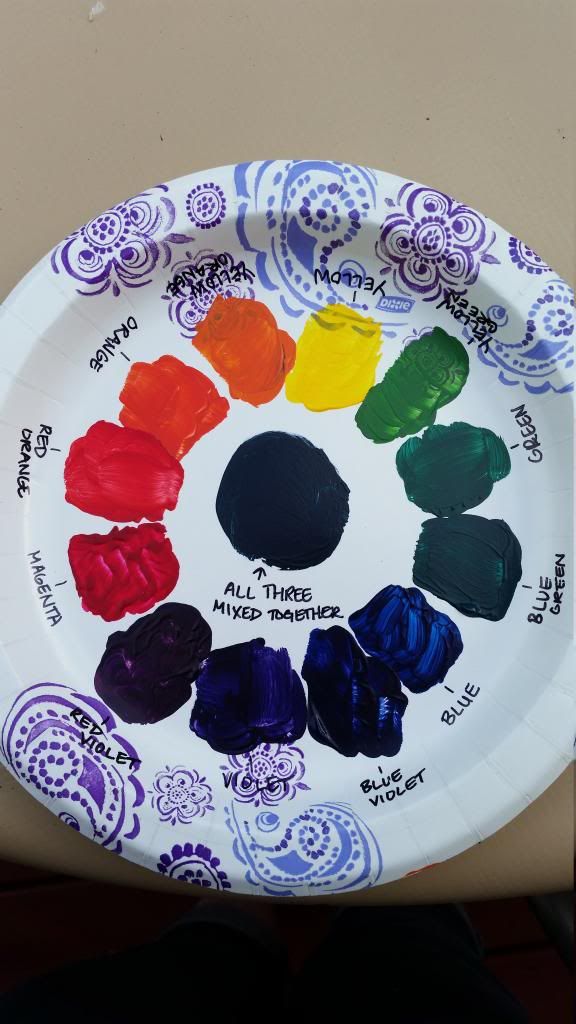Video Review
Through the
Eyes of the Sculptor:
1. For each video
list/discuss the key concepts you learned.
The sculptures in the video take the forming of clay, bronze,
limestone and marble. Leaving bridges in between hanging pieces of a sculpture
during movement/shipment to avoid breakagae.
Being able to visualize a sculpture in your mind. Beginning with
modeling clay to start the sculpting process. There is a sound that the marble
makes, and that sound is what sculptors look for when trying to find the best
piece of marble.
2. How do the
videos relate to the readings in the text?
This video shows each method of sculpture making: modeling,
casting, carving and assembling. We also see how sculptors use clay modeling to
begin creating sculptures, just like how painters use a drawing to test out
their ideas, which is stated in the text.
3. What is
your opinion of the films? How do they add depth to understanding of the
topics: Sculpture, Installation, and Craft?
I think the video about sculpting is helpful in adding depth
to my understanding of the overall topic of sculpture because of the visual
effect of seeing sculpting being done in video format. This video also does a
very thorough job of showing the process of creating a (life-size) sculpture.
Glass and Ceramics:
1. For each video list/discuss the key concepts you learned.
Glass and Ceramics:
1. For each video list/discuss the key concepts you learned.
The video discusses the process of glass making and how it is
formed into the common objects that we are familiar with in our homes. The glass
is heated to hot temperatures several times before it is a finished work. The
tedious process of creating a stained glass window is also discussed, which is
very interesting to see in video format, because the creation of stained glass
windows is like a puzzle (modern day).
2. How do the
videos relate to the readings in the text?
Both the video and the text go into explaining how glass is
made and the versatility of using clay for works of art. The creation of
ceramics (clay) is also discussed as it is in the text.
3. What is
your opinion of the films? How do they add depth to understanding of the
topics: Sculpture, Installation, and Craft?
My opinion of the video is that it is a very helpful resource
towards a further understanding of the processes that go into working with
glass and ceramics. Having the information visually available in a video format
makes it easier to grasp certain concepts because of the ability to see it
rather than imagine how glass is made and formed, and how ceramics are fired
and worked.










